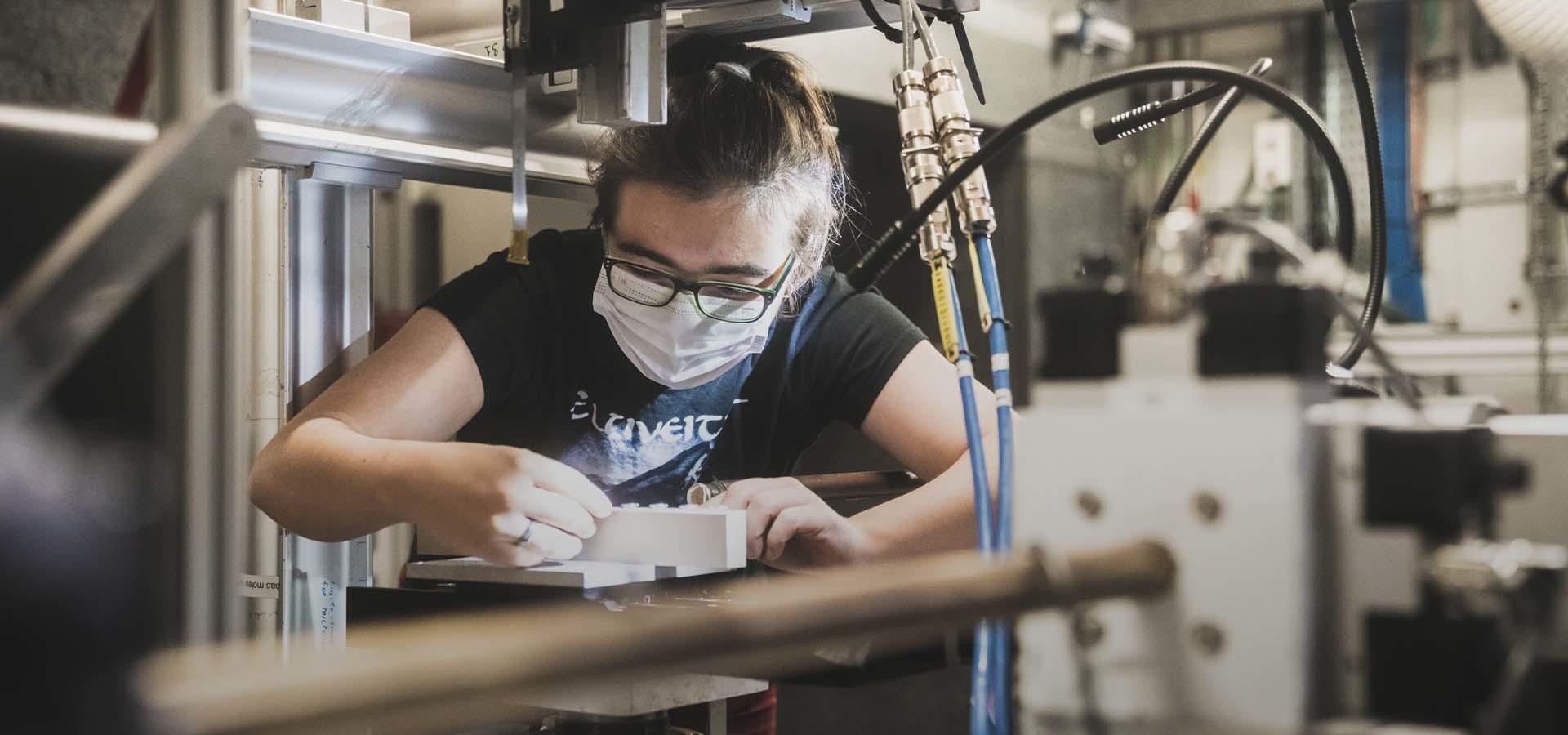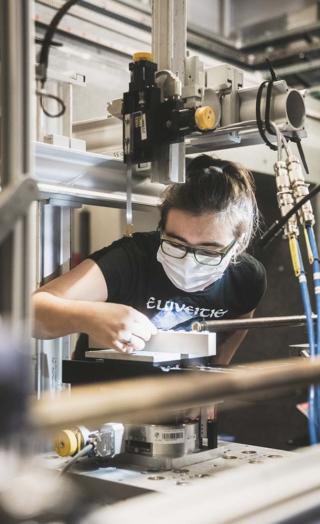I wanted to come to the ESRF to learn how to get more information of a sample by using different techniques. During my PhD at PSI and ETH in Zurich, I used spectroscopy to study surfaces of lithium-ion batteries, but I aim to go further. On ID31, where I am based, I will learn to use diffraction, which is complementary to spectroscopy. Ultimately, I would like to become versatile enough to characterise whatever sample I come across. In this respect, I will be working a lot on batteries in the framework of different collaborations in battery research. This will include characterising all sorts of different batteries, including those made of lithium-ion, sodium, magnesium or potassium, with liquid or solid electrolytes.
I am very eager to learn what the higher flux of EBS can do for my samples. In surface science the brighter beam will hopefully show small details in the background that are otherwise not visible. Everyone is figuring out the capabilities of the new source. It is great to see the team on the beamline as amazed as me when we get data that was previously impossible to get.

